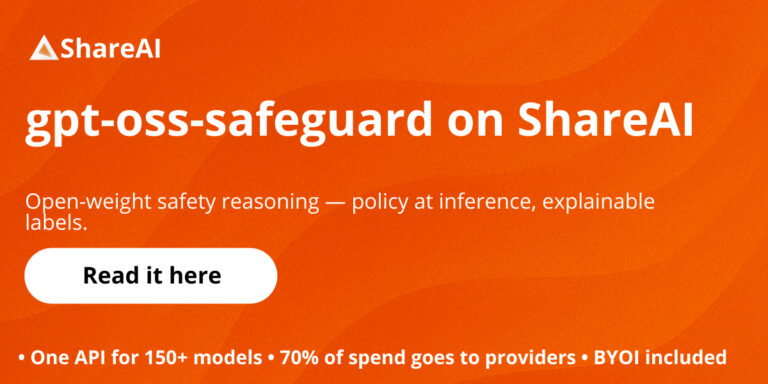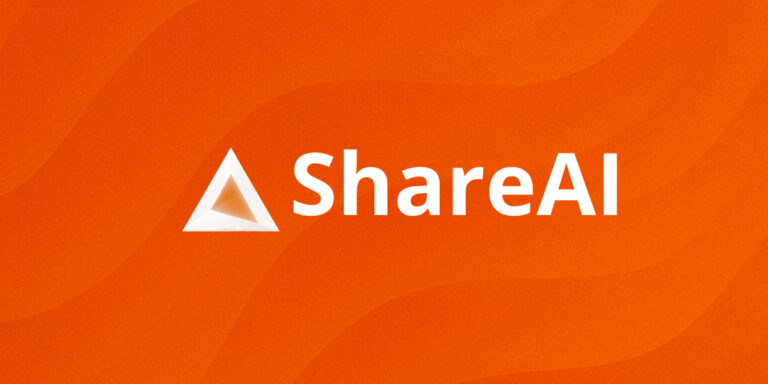Apache APISIX Alternatives 2025: Top 10 APISIX Alternatives
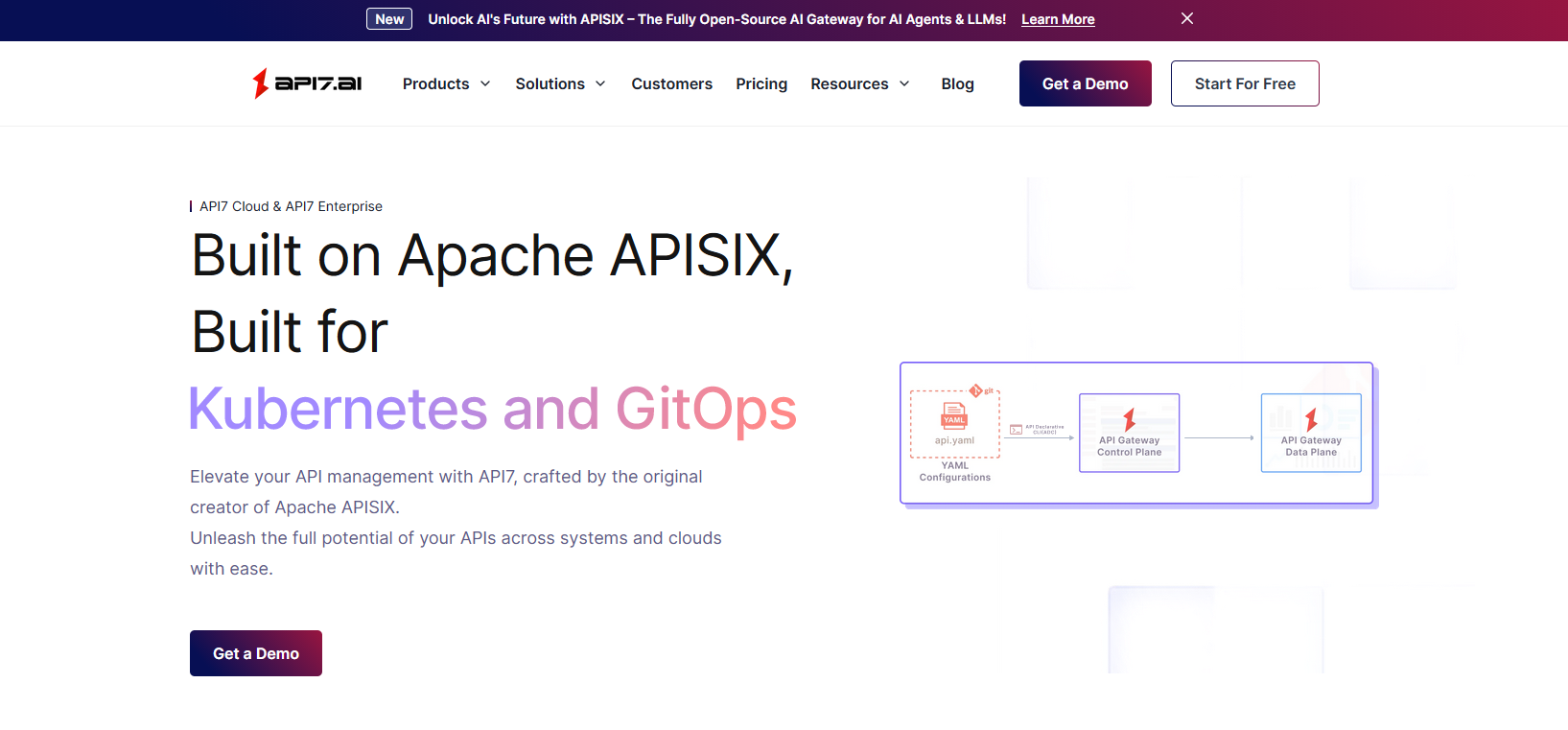
Updated November 2025
If you’re researching Apache APISIX alternatives, this guide lays out the landscape like a builder would. We define where API gateways shine, where multi-provider AI routing adds value, and how to pair “gateway governance” with ShareAI for one API across many providers, transparent marketplace data (price, latency, uptime, availability, provider type), and instant failover.
Quick links: Browse Models · Open Playground · Read the Docs · Create API Key · See Releases
How to read this
• Gateways (APISIX, Kong, Tyk, NGINX, etc.) focus on egress governance: centralized credentials, policies, rate limits, plugins, observability.
• Multi-provider AI routing (ShareAI) focuses on pre-route transparency (price, latency, uptime, availability) and resilient routing across many providers—complementary to a gateway.
• Many teams pair a gateway + ShareAI: gateway for org policy; ShareAI for marketplace-guided routing and failover.
What Apache APISIX is (and isn’t)

Apache APISIX is an open-source, plugin-driven API gateway used to manage and secure API traffic. It’s great at edge policy (keys, rate limiting, auth, transformations), traffic control, and observability patterns typical to gateways. It’s not a transparent multi-provider AI marketplace, and it does not aim to show you live provider stats (price, latency, uptime, availability) before you route LLM calls. That’s where a marketplace-style API like ShareAI complements a gateway.
How we evaluated the best Apache APISIX alternatives
- Model breadth & neutrality — proprietary + open; easy switching; avoid rewrites.
- Latency & resilience — routing policies, timeouts, retries, instant failover.
- Governance & security — key handling, scopes, regional routing.
- Observability — logs/traces + cost/latency dashboards.
- Pricing transparency & TCO — compare real costs before routing.
- Developer experience — docs, SDKs, quickstarts; time-to-first-token.
- Community & economics — whether your spend grows supply (incentives for providers).
Top 10 Apache APISIX alternatives
#1 — ShareAI (People-Powered AI API)
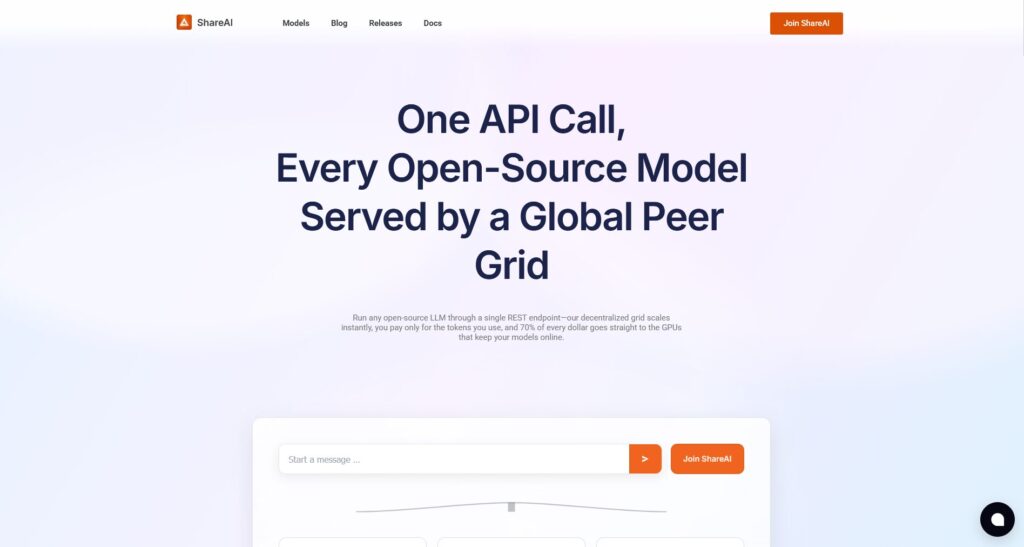
What it is. A multi-provider API with a transparent marketplace and smart routing. With one integration, browse a large catalog of models/providers, compare price, latency, uptime, availability, provider type, and route with instant failover. Economics are people-powered: providers (community or company) keep models online and earn.
Why it’s #1 here. If you want provider-agnostic aggregation with pre-route transparency and resilience, ShareAI is the most direct fit—and it pairs cleanly with your existing gateway: keep APISIX (or another gateway) for org-wide policies; add ShareAI for marketplace-guided routing.
Quick links: Browse Models · Open Playground · Create API Key · API Reference · User Guide
- One API → many providers; switch without rewrites.
- Marketplace transparency: price, latency, uptime, availability, provider type—visible before routing.
- Resilience by default: routing policies + instant failover.
- Fair economics: people-powered supply; providers earn for keeping models online.
- Governance: keep your gateway; enforce policies; route via ShareAI per model.
#2 — Kong Gateway / Kong AI Gateway
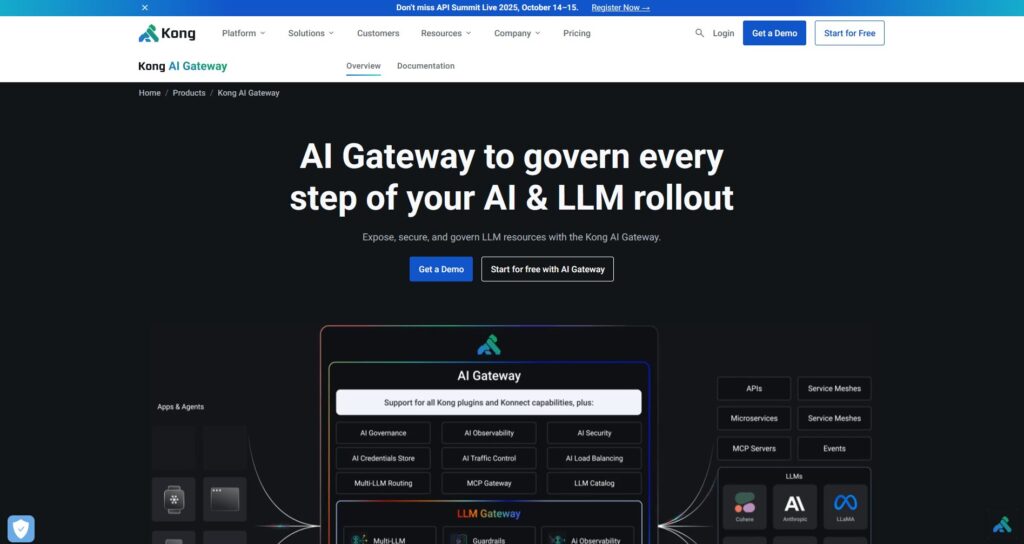
Enterprise-grade gateway focused on policies/plugins, traffic control, and runtime analytics. Pairs well with ShareAI for multi-provider routing.
#3 — Tyk
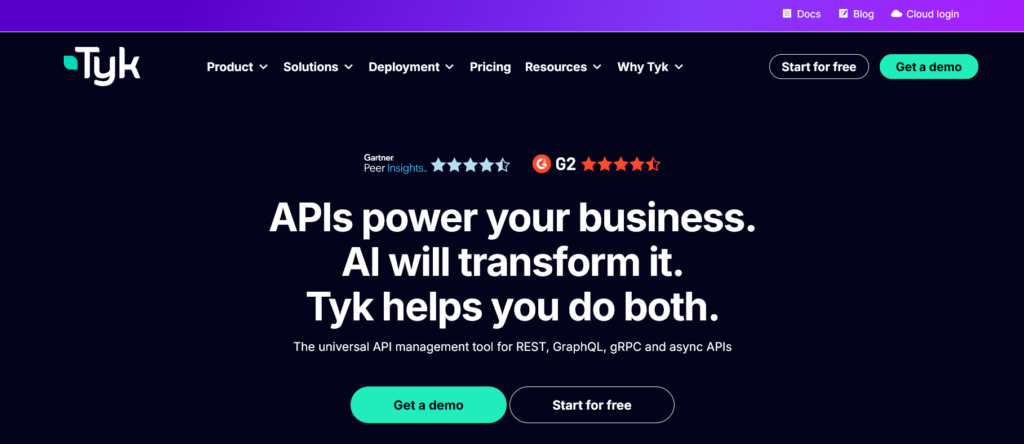
Developer-friendly gateway with granular control and strong policy features. Pair with ShareAI to choose providers by live price/latency/uptime.
#4 — NGINX

High-performance proxy/gateway; excellent for custom routing and enforcement. Add ShareAI for model marketplace + failover without DIYing multi-provider logic.
#5 — Apigee
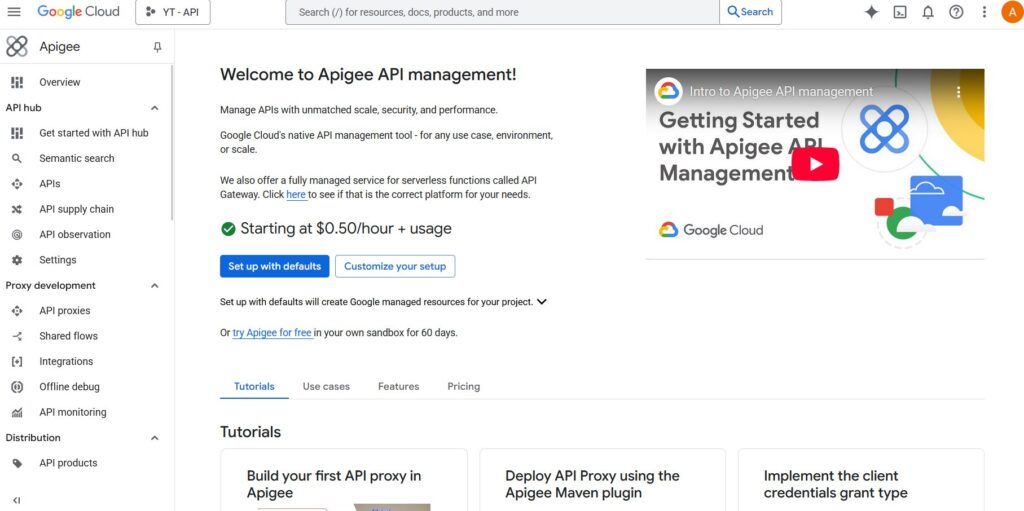
Broad API management and monetization. Keep Apigee’s governance; route AI calls via ShareAI when you want provider-agnostic access and transparent costs.
#6 — Gravitee
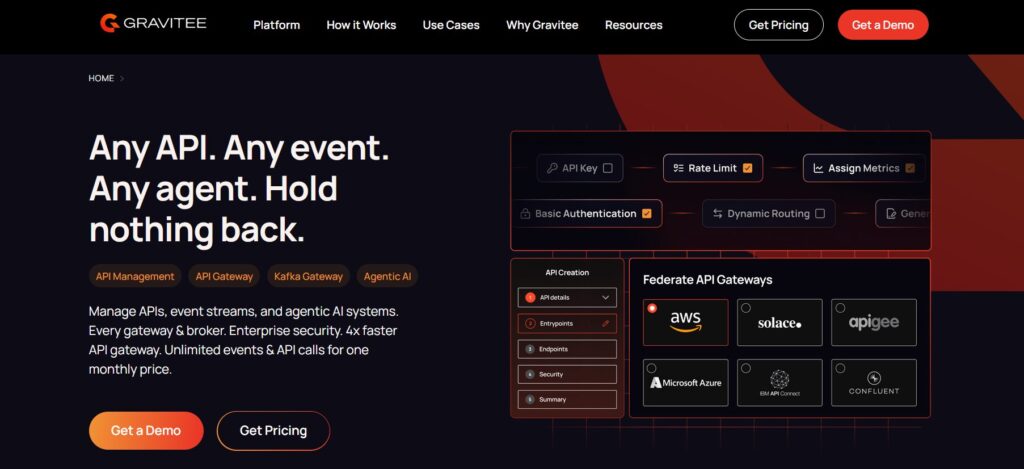
Open-source gateway with policy packs and portal. Bring ShareAI to add pre-route visibility and resilient provider choice.
#7 — Traefik
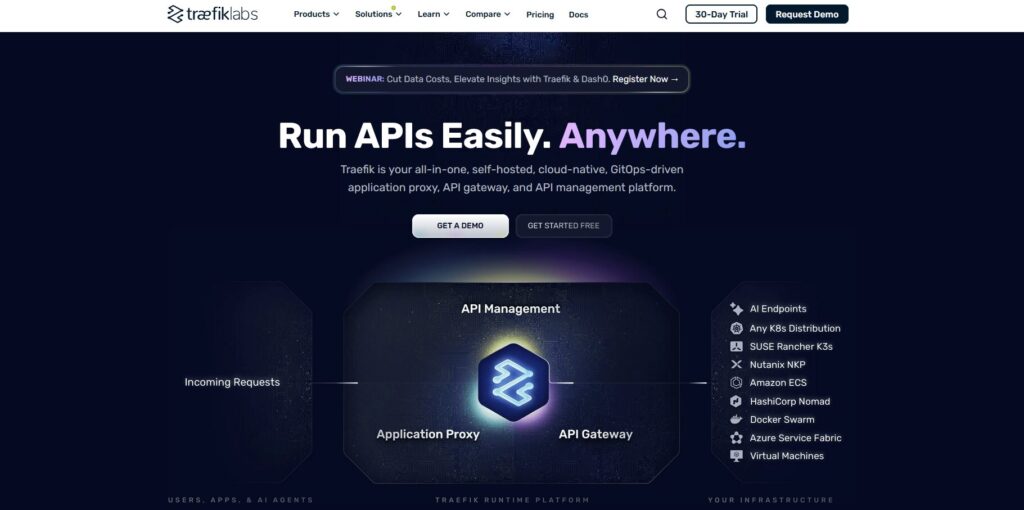
Modern edge gateway with a thin AI layer available in its ecosystem. Pair with ShareAI for marketplace-driven routing + health-aware failover.
#8 — KrakenD

Stateless API gateway aggregation layer; great for shaping responses. Add ShareAI for the AI marketplace and cross-provider resiliency.
#9 — WSO2 API Manager
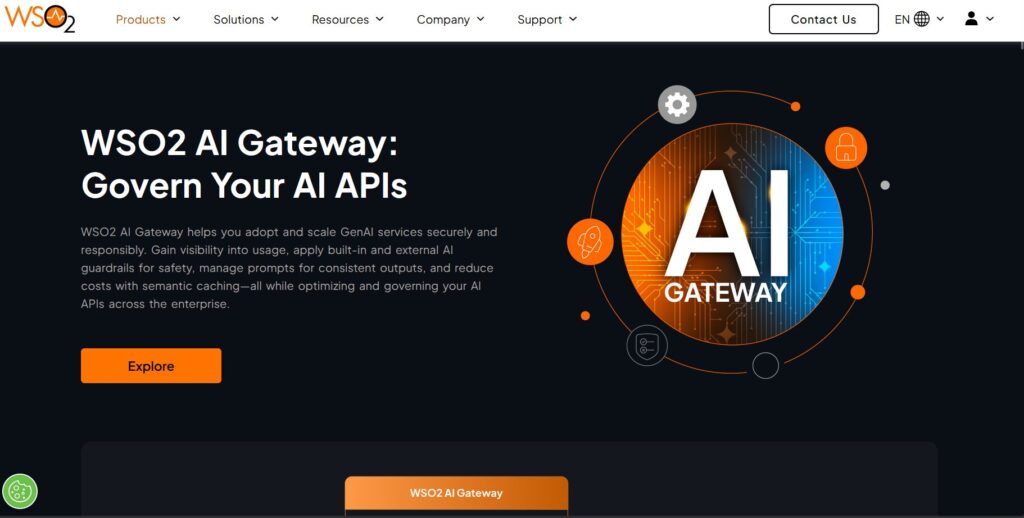
Feature-rich platform (policies, analytics). Use ShareAI for multi-provider AI and quick experimentation across models.
#10 — Amazon API Gateway (or MuleSoft)
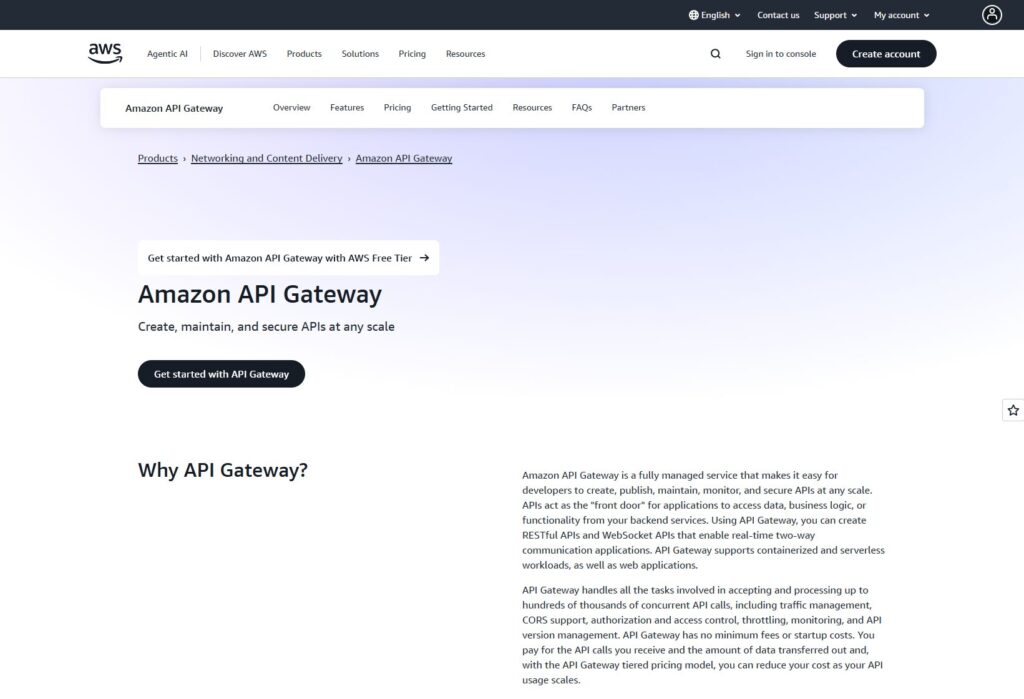
Managed control planes for enterprises. Keep governance; route AI across many providers through ShareAI for flexibility and cost/latency trade-offs.
Related: AI aggregation/orchestration alternatives APISIX users ask about
- OpenRouter — unified API over many models; quick for experimentation.
- Portkey — AI gateway emphasizing observability, guardrails, governance.
- Eden AI — multi-service aggregator (LLM, vision, TTS, translation).
- LiteLLM — lightweight SDK/self-hosted proxy speaking OpenAI-compatible interfaces.
- Unify — quality-driven routing/evaluation to select better models per prompt.
- Orq — orchestration and collaboration flows for moving experiments to production.
If your goal is pre-route transparency with instant failover and provider-agnostic access, ShareAI centralizes those features in one API; you can still keep APISIX for edge policy.
Quick comparison (gateway vs marketplace)
| Platform | Who it serves | Governance & security | Observability | Routing / failover | Marketplace transparency | Provider program |
|---|---|---|---|---|---|---|
| ShareAI | Product/platform teams needing one API + fair economics | API keys & per-route controls | Console usage + marketplace stats | Smart routing + instant failover | Yes (price, latency, uptime, availability, provider type) | Yes — open supply |
| Apache APISIX | Teams wanting egress governance | Strong policy & plugin model | Gateway-level metrics/logs | Conditional routing via plugins | No — gateway (not a marketplace) | n/a |
| Kong / Tyk / NGINX / Apigee / Gravitee / KrakenD / WSO2 | Enterprises & platform teams | Strong edge policies | Analytics/traces | Retries/fallback via rules | No — infra tools | n/a |
Pricing & TCO: compare real costs (not just unit prices)
Raw $/1K tokens hides reality. Your effective cost shifts with retries/fallbacks, latency (affects user behavior), provider variance, observability storage, and evaluation runs. A transparent marketplace helps you choose routes that balance cost and UX.
TCO ≈ Σ(Base_tokens × Unit_price × (1 + Retry_rate)) + Observability_storage + Evaluation_tokens + Egress
- Prototype (~10k tokens/day): optimize for time-to-first-token (use the Playground and quickstarts).
- Mid-scale (~2M tokens/day): marketplace-guided routing/failover can trim 10–20% while improving UX (choose providers by live price/latency/uptime).
- Spiky workloads: expect higher effective token costs from retries during failover; budget for it.
How to try the ShareAI route (copy-paste quickstarts)
These examples use an OpenAI-compatible surface. Replace YOUR_KEY with your ShareAI key — create one at Create API Key. See the API Reference.
#!/usr/bin/env bash
# cURL — Chat Completions
# Prereqs:
# export SHAREAI_API_KEY="YOUR_KEY"
curl -X POST "https://api.shareai.now/v1/chat/completions" \
-H "Authorization: Bearer $SHAREAI_API_KEY" \
-H "Content-Type: application/json" \
-d '{
"model": "llama-3.1-70b",
"messages": [
{ "role": "user", "content": "Give me a short haiku about reliable routing." }
],
"temperature": 0.4,
"max_tokens": 128
}'// JavaScript (Node 18+ / Edge runtimes) — Chat Completions
// Prereqs:
// process.env.SHAREAI_API_KEY = "YOUR_KEY"
async function main() {
const res = await fetch("https://api.shareai.now/v1/chat/completions", {
method: "POST",
headers: {
"Authorization": `Bearer ${process.env.SHAREAI_API_KEY}`,
"Content-Type": "application/json"
},
body: JSON.stringify({
model: "llama-3.1-70b",
messages: [
{ role: "user", content: "Give me a short haiku about reliable routing." }
],
temperature: 0.4,
max_tokens: 128
})
});
if (!res.ok) {
console.error("Request failed:", res.status, await res.text());
return;
}
const data = await res.json();
console.log(JSON.stringify(data, null, 2));
}
main().catch(console.error);# Python (requests) — Chat Completions
import os
import json
import requests
api_key = os.getenv("SHAREAI_API_KEY")
url = "https://api.shareai.now/v1/chat/completions"
payload = {
"model": "llama-3.1-70b",
"messages": [
{ "role": "user", "content": "Give me a short haiku about reliable routing." }
],
"temperature": 0.4,
"max_tokens": 128
}
resp = requests.post(
url,
headers={
"Authorization": f"Bearer {api_key}",
"Content-Type": "application/json"
},
json=payload,
timeout=60
)
print(resp.status_code)
print(json.dumps(resp.json(), indent=2))Migration patterns: moving to (or pairing with) ShareAI
From APISIX (keep your gateway)
- Keep APISIX for org policy (auth, quotas, rate limits).
- Route AI calls via ShareAI per model.
- Start with 10% shadow traffic, validate latency/error budgets, then ramp to 25% → 50% → 100%.
- Use marketplace stats to swap providers without rewrites.
- Keys & scopes stay centralized in your gateway; rotate and monitor in Console (User Guide).
From OpenRouter
Map model names, verify prompt parity, shadow traffic, then ramp as above.
From LiteLLM
Keep the self-hosted proxy where you’re comfortable operating it; move production routes to ShareAI for managed routing + failover.
From Unify / Portkey / Orq / Kong
Define feature-parity expectations (analytics, guardrails, orchestration). Many teams run a hybrid: keep specialized features where strongest; use ShareAI for transparent provider choice and resilience.
Security, privacy & compliance: a vendor-agnostic checklist
- Key handling: rotation cadence; minimal scopes; environment separation.
- Data retention: where prompts/responses are stored and for how long; redaction defaults.
- PII & sensitive content: masking; access controls; regional routing for data locality.
- Observability: prompt/response logging; ability to filter or pseudonymize; propagate trace IDs consistently.
- Incident response: escalation paths and provider SLAs.
For providers: earn by keeping models online
Anyone can become a ShareAI provider—Community or Company. Onboard via Windows, Ubuntu, macOS, or Docker. Contribute idle-time bursts or run always-on. Choose your incentive: Rewards (money), Exchange (tokens / AI Prosumer), or Mission (donate a % to NGOs). As you scale, you can set your own inference prices and gain preferential exposure.
FAQ — Apache APISIX vs. other competitors
Apache APISIX vs ShareAI — which for multi-provider AI routing?
ShareAI. It’s built for marketplace transparency (price, latency, uptime, availability, provider type) and smart routing/failover across many providers. APISIX is a gateway (centralized policy/observability). Many teams use both.
Apache APISIX vs Kong — gateway vs gateway?
Both are gateways with strong policy/observability. If you also want pre-route provider transparency and instant failover, layer ShareAI on whichever gateway you standardize.
Apache APISIX vs Tyk — developer ergonomics or marketplace transparency?
Tyk offers developer-friendly policy control. ShareAI adds live provider stats and resilient cross-provider routing—complementary to either gateway.
Apache APISIX vs NGINX — DIY control or turnkey marketplace routing?
NGINX is excellent for custom traffic shaping. ShareAI saves you from DIYing multi-provider routing, failover, and price/latency comparisons.
Apache APISIX vs Apigee — API management vs provider-agnostic AI?
Apigee is broad API management. ShareAI gives one API over many providers and a transparent marketplace to control effective cost and UX.
Apache APISIX vs Gravitee — open source policy vs live marketplace data?
Gravitee covers gateway governance; ShareAI covers price/latency/uptime transparency and instant failover across providers.
Apache APISIX vs KrakenD — aggregation vs aggregation+marketplace?
KrakenD aggregates upstreams at the gateway layer; ShareAI adds marketplace-level visibility and resilience across AI providers.
Apache APISIX vs WSO2 — platform depth vs multi-provider agility?
WSO2 is feature-rich; ShareAI optimizes for fast model/provider switching without rewrites.
Apache APISIX vs Amazon API Gateway — managed control vs provider choice?
Amazon API Gateway is managed governance. ShareAI gives provider-agnostic choice with pre-route cost/latency data.
Apache APISIX vs MuleSoft — enterprise integrations vs marketplace routing?
MuleSoft is enterprise integration + API management. ShareAI complements it with cross-provider AI routing and transparent pricing.
Apache APISIX vs OpenResty — Lua power vs no-code marketplace?
OpenResty is powerful for custom Lua; ShareAI avoids bespoke code for provider selection and failover.
Apache APISIX vs Portkey — who’s stronger on guardrails?
Portkey emphasizes governance/observability. If your main need is transparent provider choice and instant failover, choose ShareAI (and keep your gateway for policy). This comparison also helps teams searching for Portkey alternatives discover the marketplace approach.
Apache APISIX vs OpenRouter — fast multi-model access or resilient routing with live stats?
OpenRouter gives quick access to many models. ShareAI adds live price/latency/uptime/availability and policy-driven routing across providers.
Apache APISIX vs Eden AI — many AI services or marketplace transparency?
Eden AI aggregates several AI services; ShareAI focuses on transparent multi-provider routing and instant failover.
Apache APISIX vs LiteLLM — self-hosted proxy or managed marketplace?
LiteLLM is DIY; ShareAI is managed routing + marketplace. Many teams keep LiteLLM for dev and use ShareAI for production.
Apache APISIX vs Unify — best-model selection vs policy enforcement?
Unify optimizes for evaluation-driven selection; ShareAI optimizes for marketplace visibility + resilience. Keep your gateway for enforcement.
Apache APISIX vs Orq — orchestration vs egress?
Orq focuses on orchestration flows; ShareAI focuses on provider-agnostic routing and live marketplace stats; APISIX covers egress policy.
Try ShareAI next
- Open Playground → test a model now.
- Create API Key → build in minutes.
- Read the Docs → get oriented.
- Browse Models → compare live price/latency.
- See Releases → what’s new.
